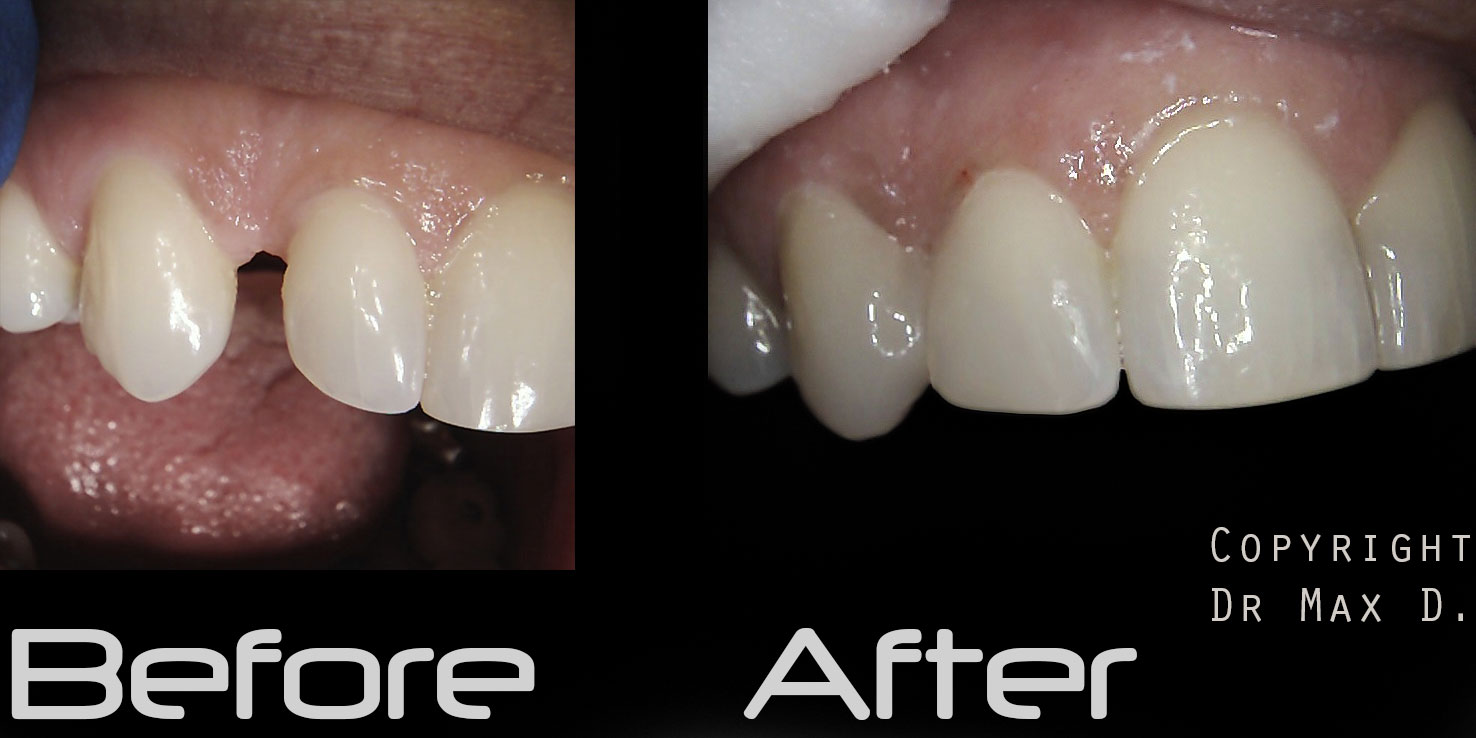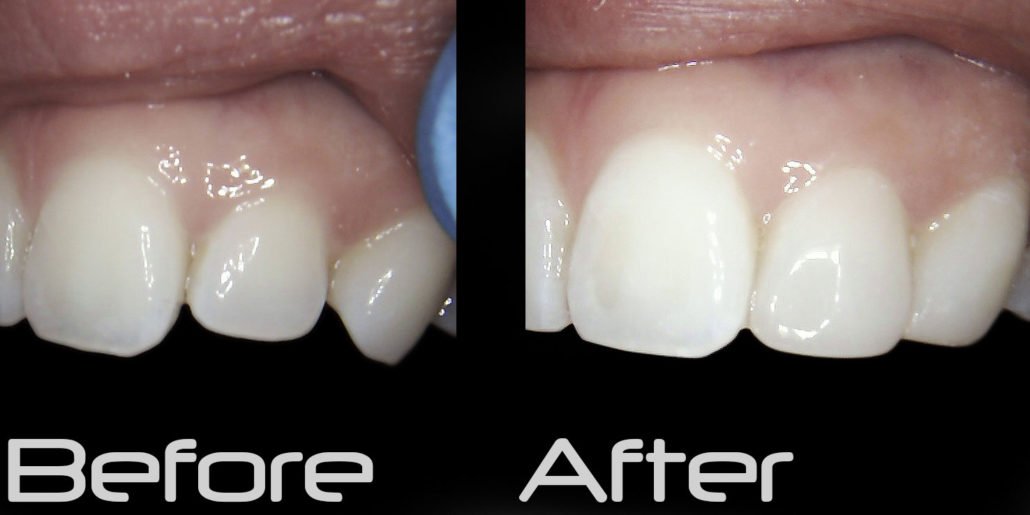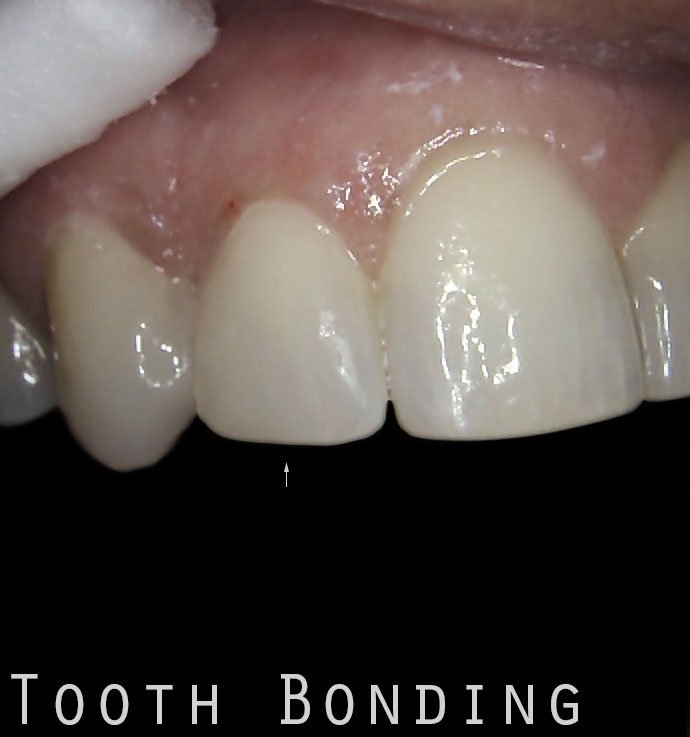Dental bonding
When you have some teeth that are chipped, cracked or damaged, there are many alternative dental treatments that can help you restore your smile. Dental bonding can be an option, especially when you don’t want to opt for expensive porcelain veneers.
To help you understand the treatment options that are being presented to you, here are the details on tooth bonding that will help you determine what to expect, and how it will be done from start to finish, giving you comfort and knowledge to help you see if this is the right health choice for you and your teeth.
What is dental bonding?
Tooth bonding in a minimally invasive procedure that involves taking a pieces of resin (medical grade reinforced acrylics) and used it to repair one of your teeth that is chipped or decaying. The resin will help protect your teeth from further harm and also will make sure that all parts of the tooth are held together with a strong material that will keep them from chipping in the future.
How can dental bonding help?
You are going to be looking at bonding when you are suffering from a chipped or decaying tooth, as mentioned, so the goal of bonding is to control the damage and help strengthen the weakened tooth to make sure that you can continue living your life without any kind of change in the overall quality of life and health.
This is a great option for when you are having tooth weakening because it’s results can last you up to a decade before they are going to require further attention. It’s an affordable and realistic option for a lot of people as a results.
What is the process?
Here’s a look into the process of tooth bonding so that you can prepare for it and make sure that you know what you are going to be looking at for your appointment.
- Before: The first thing to know is that this is a minor procedure when compared to something such as veneers. In severe cases of chipping or damage to a tooth (or repair to teeth that are in the high bite area, such as molars), a veneer may be the best option, but bonding is intended for minor repairs and is, as such, a one session procedure. There is nothing that you need to do in order to best prepare for your appointment.
- During: During the appointment, the tooth that needs to be repaired will be carefully roughened so that the resin will be able to adhere to your enamel properly. The roughing is done with a handpiece. A option to numb the area might be recommended depending on the sensitivity that you have. While the tooth is being roughened, the dental assistant will mix the resin and will carefully match it to the natural colour of your tooth to make sure that it is invisible when you smile.
Once the resin has been mixed and the tooth is ready, it will be applied carefully and strategically to make sure that it is in place and that it is shaped to match the rest of the tooth. Then, a special light will be used to harden the resin while you bite down a few times to make sure that the dentist can chip away any extra resin left behind that can lead to sharp edges or discomfort.
In total, the procedure should take between 30 minutes to 60 minutes to complete. If you are looking to have multiple teeth bonded, each one will require a separate procedure.
After: It’s perfectly normal to be able to feel the resin after the procedure, as the mouth is extremely sensitive to any kind of change that goes on in it. It’ll take some time to get used to the feel of the resin, but it will happen over time once you get used to the change.

Risks to be aware of
There are some potential concerns to be aware of when you get bonding done to your tooth. Firstly, try to stay away from staining substances such as tobacco or coffee for 48 hours after the procedure. This will make sure that the resin stays with the correct shade that was chosen during the appointment. It’s also important that you should take care of your teeth properly in terms of hygiene and seeing a dentist for checkups and cleanings to make sure that the resin is able to stay the proper shade and that it continues to adhere to the tooth as it should. Another risks is durability, while dental bonding is considered a good option to replace tooth structure, certain situations may require other alternative like heavy bite forces or weaken tooth.
If you notice any kind of chips or pieces falling off of the bonded tooth, or you feel a strange sensation when biting down, book an appointment with your dentist as soon as possible to make sure that the tooth bond hasn’t been compromised.
This should properly prepare you to understand the process of bonding and how it is going to impact your tooth’s health in both short- and long-term life. This is often a simple and straightforward procedure that will give relief and a strong front for better oral health in the future.
This procedure is easy and can usually be completed in just one visit to your dentist, making it very convenient.



